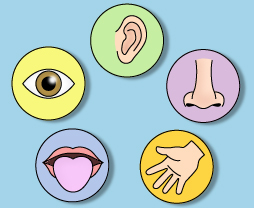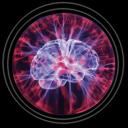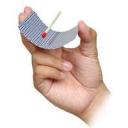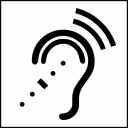Can Smart Phones Push Cog Science Forward?
Wednesday, October 5th, 2011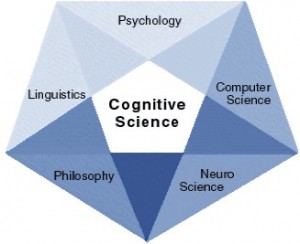 Studies in cognitive science and psychology in general are often done on a small group of subjects with a similar psychographic profile. University college students are by far the most popular subject pool. This sampling bias slows the development of the science and blocks useful generalizations.
Studies in cognitive science and psychology in general are often done on a small group of subjects with a similar psychographic profile. University college students are by far the most popular subject pool. This sampling bias slows the development of the science and blocks useful generalizations.
Conducting large-scale and more empirically robust studies of how our minds work has until recently been far too costly and complex for most academic researchers. Mobile and social media is changing that. A new generation of experimental design is emerging in cognitive science that makes use of the internet and smart phones as data collection tools that can involve hundreds if not thousands of subjects from diverse cultures around the world. But will it really make a difference?
According to the 17 authors of the paper, Smart Phone, Smart Science, not only will it make a difference, it will revolutionize cognitive science. They show how the smart phone can be applied to study reaction times in lexical decision making, a classic research question in cognitive psychology. While the details of the experiment might not be of interest to readers of this blog, the general conclusion should be:
“The use of smartphones for scientific experimentation heralds a new era in behavioral sciences. The approach has wide multidisciplinary applications in areas as diverse as economics, social and affective neuroscience, linguistics, and experimental philosophy. Finally, it becomes possible to reliably collect culturally diverse data on a vast scale, permitting direct tests of the universality of cognitive theories.”
Changing how you can collect data in science, often revolutionizes the field. Think about the impact of the telescope and microscope.
If social mobile media can advance scientific practice, it can certainty also be used to improve how we prototype, test and refine cognitive designs. It is not just smart phone – smart science, it is smart phone – smart cognitive design research.
I am interested in hearing from readers that have used smart phones or the internet (custom websites, communities, twitter, etc.) to conduct design research, prototype or otherwise empirically drive design thinking.




